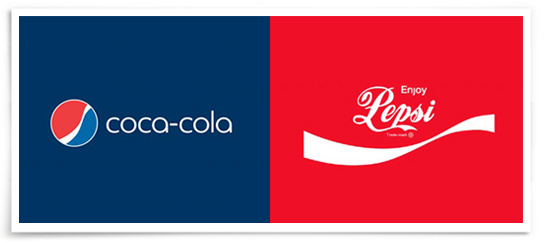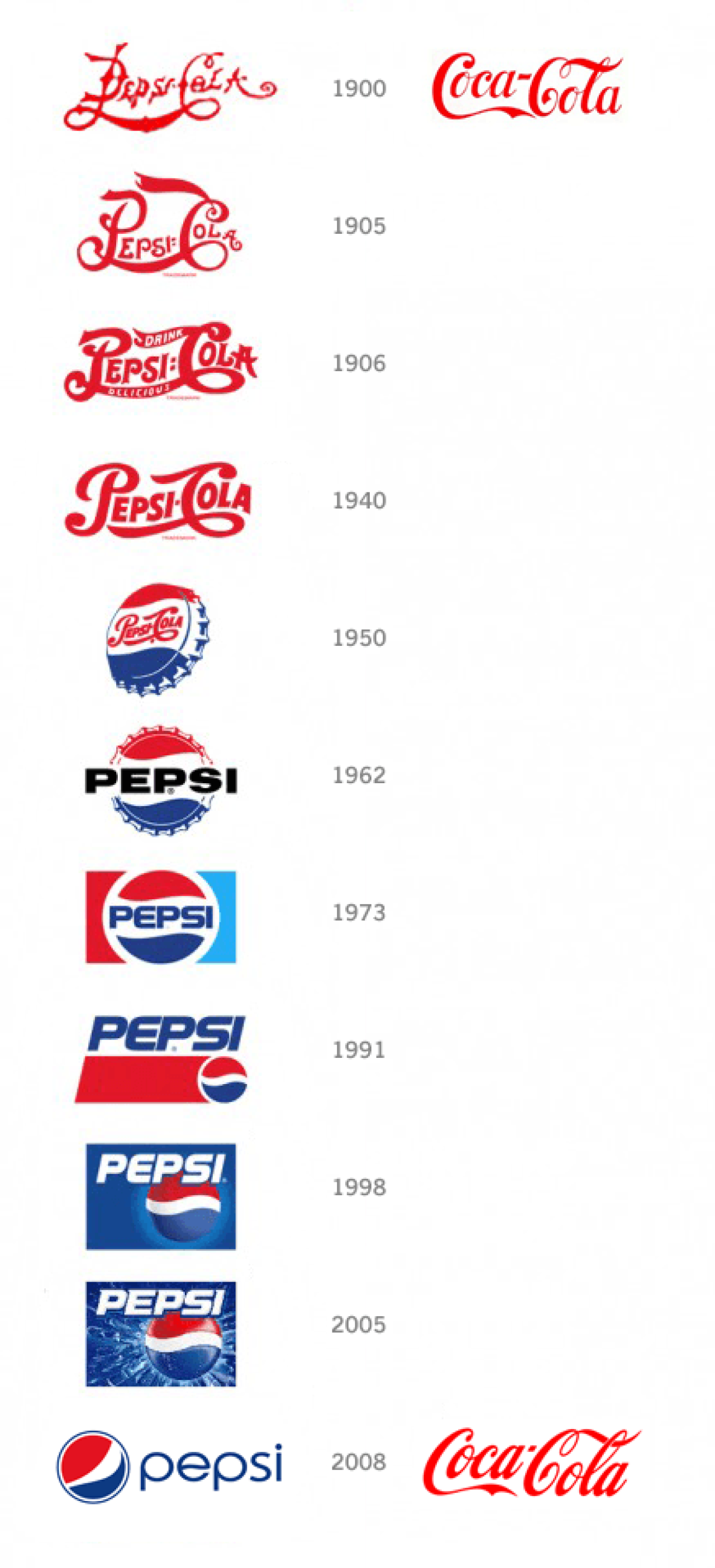Industry Insights
Driving Brand Consistency

“Remember, proper, consistent implementation of (your) brand identity will drive success.”
This is a reminder we place on the last page of every Identity Style Guide that we produce here at Compass Creative. We place this final thought there because we can’t stress enough the value of consistency in maintaining a brand identity. We also know how easily a brand identity can erode when attention to its maintenance is overlooked. So why is consistency so important? Brand consistency is an incredibly powerful tool for earning the attention and trust of your current and future customers.
Each time someone comes into contact with your company (maybe it’s visiting your website, or seeing your truck on the highway or the brochure passed along from a friend), it communicates something about you. Each of these occasions is a touch point, an opportunity to make an impression or deliver a message about your organization. Communicate that message consistently over time and people will begin to trust that you actually stand for something. This can be a very subconscious awareness on their part, but it’s an excellent foundation for you to build on. If, on the other hand, you show up differently each time, you can cause confusion or go unnoticed altogether. After investing in the design of your identity and paying for the opportunity to impress prospects, maximize that return through consistency.
The visual elements of your brand – your logo, colour palette, name and even core messaging – must be actively managed. One of the most common failures in brand consistency comes from not giving proper direction or oversight to suppliers. From a well-intentioned printer offering to redesign your business card to a sign maker short on a certain colour of vinyl, straying from that unified message is all too easy. Having even just a couple simple rules that you can share with both staff and suppliers will go a long way to helping you manage your brand identity.
Below are four key areas that should have your regular consideration.
Logo:
Treat your logo with respect.
Your logo is the most distinct and recognizable element of your brand. Set some rules around its use, particularly its proportions (no stretching please), the type of backgrounds or colours it can be placed on and how much space should be left for your logo to “breathe.”
Colours:
Use a consistent colour palette.
A company’s colours can communicate powerfully to customers. In order for those colours to be effective (and associated with your company at all) you must use the exact same colours throughout your business materials. Set a colour palette for your company and stick to it. Try to keep it relatively simple. Having fifteen colours may make things easier, but it will be hard for people to recognize you.
Example: Think of the Coca-Cola colours. You see red, black and white because they use those colours without fail on all their touch points. If they varied their colours we wouldn’t recognize them as readily.
Imagery:
Have good photos of a similar look and feel.
For landscapers and builders, images can be your most valuable marketing assets. We cannot stress enough how much professionally taken photographs can help your business. Even you smaller contractors should try for the best quality you can afford and aim to have all the chosen images look similar in brightness, sharpness and focus. When trying to communicate quality craftsmanship to potential clients, nothing devalues great work like poor photos.
Tip: Don’t forget to clean up and stage your locations wherever possible. You may focus on the workmanship alone but people want to see that work in a nice, clean and finished environment, without tools, sawdust or dirt.
Fonts:
Work from a small repertoire of fonts.
Fonts are a big part of the “visual voice” of your message. Keeping your fonts consistent helps people recognize who is speaking to them. Words are perceived differently depending on the fonts they are presented in. You want your messages to represent you well, and to visually “sound” the same at all touch points – like they would if the same person were speaking those words each time.
Finally, each time you create a new touch point don’t be afraid to step back and ask yourself, “Does this feel like my company?” Being consistently mindful of your company’s look, message and feel will help you build a recognized and trusted brand in the marketplace.
April 16, 2014

